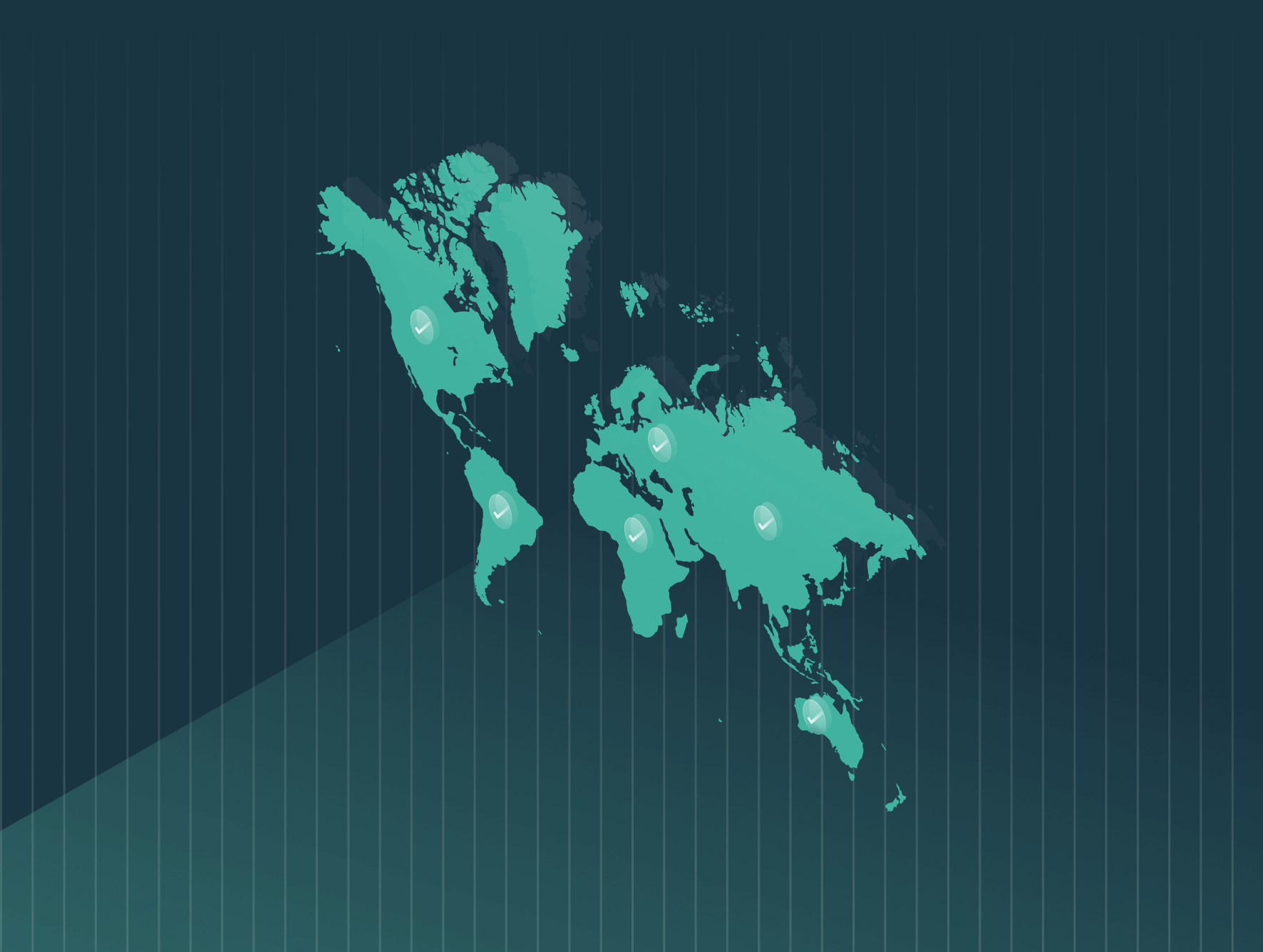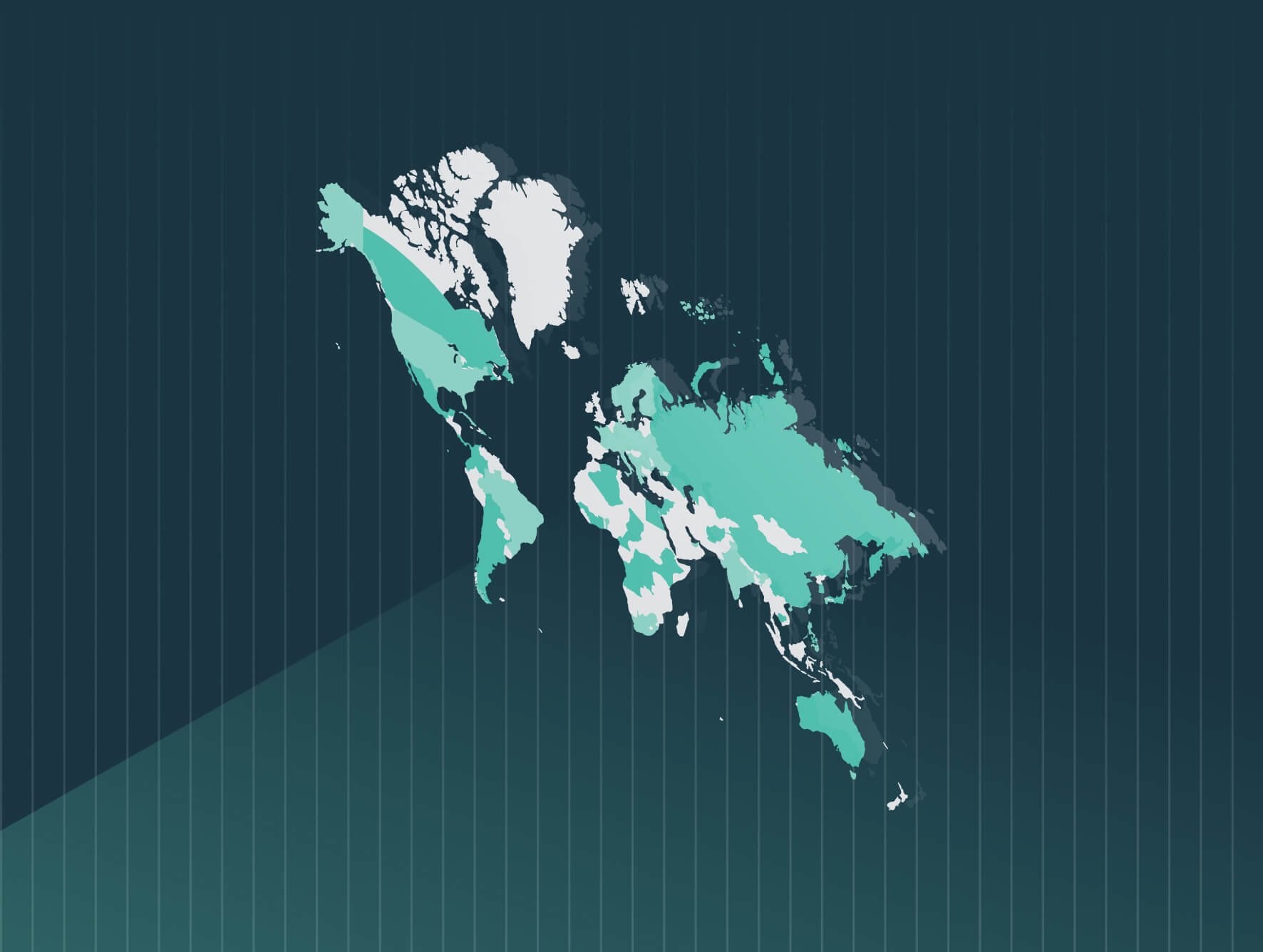Introduction
Note: On May 29, 2024, Sweden released a first draft of its proposed amendments to be implemented and transposed into law as part of its compliance with the EU Pay Transparency Directive. You can access our on-demand webinar breaking down those proposed amendments. This guide will be updated accordingly once the amendments are officially transposed into law.
Sweden’s Discrimination Act was amended in 2017 to include a requirement for pay equity analysis. Organizations with more than 10 employees must document their results. Employers with 25 or more employees are subject to more stringent requirements, including requirements to work on “active measures.”
Work on active measures extends to areas including hiring, career progression, and skills development opportunities.
Sweden reporting requirements
Who needs to report?
Employees with 10 or more employees are required to carry out “annual” pay surveys to evaluate their gender pay gaps. Additional reporting is required for employers with 25 or more employees as outlined below.
What to report?
Employers with 10 or more employees are required to carry out an annual pay survey and analyze:
- Provisions and practices regarding pay and other terms of employment.
- Differences in pay between women and men performing work regarded as equal or of equal value.
In addition, organizations must evaluate whether pay differences are due to gender. Analysis must refer to differences between:
- Men and women performing work that is regarded as equal.
- Pay differences between groups of employees who perform work that is (or is considered to be) female dominated and another group of employees that are performing work that is regarded as equivalent to such work (but which is not or is not normally considered to be dominated by women).
- Predominantly female jobs compared to lower-valued jobs that are not predominantly female but receive higher compensation.
Employers with 25 or more employees are subject to additional requirements, including four ongoing “active measures” under the Act (investigate, analyze, take measures, and monitor). The following information must be documented:
- Report on the pay survey, and an analysis of its causes.
- The measures to be taken to rectify pay differences associated with gender.
- A cost estimate and a plan of when measures will be implemented (which must be within three years).
- A report on the progress of the previous year’s measures.
- An account of how the requirement to cooperate with employees has been fulfilled.
Work on active measures: additional considerations
Work on active measures is to encompass five key areas, including working conditions; pay and terms of employment; recruitment and promotion; education and training; and reconciliation of employment and parenthood (Chapter 3, Section 5).
The Act also includes a general requirement to investigate discrimination in relation to “opportunities” and recruitment. (Chapter 3, Sections 2 and 5 respectively).
Employers are to promote gender balance in different roles and different employee groups, and in management positions through education and training, skills development, and additional measures. Employers are required to follow up and evaluate the measures taken. (Chapter 3, Section 7).
In addition, if a job applicant is not employed or selected for an interview, or if an employee is not promoted or selected for education or training for promotion, the employer must provide, upon request, information relating to the “education, professional experience and other qualifications that the person had who was selected for the employment interview or who obtained the job or the place in education or training.” Chapter 2 Section 4.
Where and when to report?
Regulatory filing
Regulatory filing is not required; however, employers must ensure all documentation is filed and available to be handed to the Equality Ombudsman on request.
Internal disclosure
There is no legal requirement to share documentation internally, however, the Act requires cooperation between employers and employees on all active measures.
Deadlines and cadence
Pay surveys are to be carried out annually. Work on active measures must be carried out on a continuous basis.
Sweden pay transparency requirements
There are currently no legal requirements for employers to post salary details to applicants or employees in Sweden regarding specific positions.
Employment equity standards
People performing the same work or work of equal value must receive the same pay, irrespective of gender. When assessing equal value, employers can consider criteria such as knowledge and skills, responsibility, and effort. Working conditions are also to be considered.
Equality between women and men is described as a constitutional standard by Sweden’s Gender Equality Agency.
The risks of non-compliance
Compliance is overseen by the Equality Ombudsman (DO) of Sweden and the Board against Discrimination.
Chapter 4 of the Act states that employers that fail to fulfil their obligations to work on active measures or fail to keep required documentation under the Act may be ordered to fulfil them. These orders can also be accompanied by financial penalties.
Sweden’s proposed EU Directive Legislation
Sweden’s proposed legislation expands on the directive’s minimum requirements, applying its law to employers with 10 or more employees. Some key provisions of the proposed legislation include:
- Requirement to develop a salary chart: Employers with 10 or more employees must prepare a salary chart during a year which accounts for groups of male and female employees that are performing work that can be considered equal or equivalent. The salary chart would also contain an analysis of wage differences that are directly or indirectly related to gender, and account and timeline of salary adjustments to remedy such differences
- Requirement to develop and submit payroll report, which includes:
- wage differences between women and men;
- wage differences between women and men with regard to salary supplements or variable allowances;
- median wage differences between women and men;
- median wage differences between women and men with respect to wage supplements or variable compensation;
- the proportion of women and men who receive salary supplements or variable allowances; and
- the proportion of women and men in each salary quartile.
- Pay transparency requirements: On the request of an employee the employer must provide written information about the employee’s salary compared to the average salary, broken down by gender, for that respective employee group. This information must be provided no later than 2 months from the request
- Salary range requirement: Employer must provide applicant current salary or starting salary range. Employers must also provide applicable collective agreement provisions
- Salary history ban: Employers cannot ask applicant about salary from a different employer.
How can Trusaic assist?
1. Comply – Use Trusaic’s RAPTR solution to complete required reporting by compliance deadlines:
Applicability determination: Perform an accurate assessment of your applicability, according to jurisdictional specific definitions and regulatory frameworks so you can understand your reporting obligations across the globe.
Deadline management: Prepare ahead of time with project timelines, timely notifications, and reminders, to keep you on track to meeting jurisdictional deadlines.
Expert legal guidance and support: Benefit from the expertise of our trusted pay equity attorneys, so you understand your compliance requirements across a diverse global regulatory landscape. Receive world-class customer support, including assistance throughout the compliance process.
Streamlined data extraction: Collect the necessary data for analysis and submission with a simple click of a button; powered by certified data integrations with the world’s largest HCM, HR and Payroll platforms, including Workday, SAP, UKG and ADP. Provide data through Trusaic’s Pay Equity platform, a SOC 2 Type II and GDPR-compliant tool for data transmission.
Data quality assurance: Trusaic performs data validations to ensure your collected data and information aligns with the standards and definitions provided by each jurisdiction.
Compliant report outputs: Take away the burden of reporting by effortlessly generating outputs containing necessary compliance information.
Reporting checklist: Follow step-by-step guidance on where, when and how to report to any jurisdiction’s regulatory body, as well as your required internal disclosure and public posting obligations.
2. Correct – Use PayParity® to understand, explain and resolve pay disparities:
Risk assessments: Stay aware of any potential exposure to any government audit or litigation. Our cross-functional team of data scientists, statisticians, and government regulatory compliance experts have rigorously worked to reverse-engineer the calculations that will be used by jurisdictions to estimate pay disparities, so you can prepare in advance.
Understand your pay gaps: Leverage Trusaic’s pay equity software solution to explain your pay gaps so you can understand the root causes and safeguard from equal pay claims and legal action.
Resolve pay disparities: Make pay adjustments where applicable so you can eliminate pay disparities and show improvements in your reported pay gaps from one year to the next.
3. Communicate – Use Trusaic’s Pay Equity solutions to communicate narratives and share salary ranges with confidence:
Pay equity narrative: Communicate the sources of your pay gaps, progress objectives, and corrective measures to employees and internal stakeholders with Trusaic’s TrueTransparency™. Show data-backed progress in your pay gaps over time.
Salary range explainability: Use Salary Range Finder® to establish and post competitive and equitable pay ranges to confidently comply with pay transparency laws.
Mitigate risk of recurrent pay disparities: Ensure new hires receive unbiased pay offers with the use of external labor market data and internal pay equity analytics to reduce unplanned and expensive pay remediations.
How to prepare to comply with the EU Directive
The EU Pay Transparency Directive was approved in 2023, establishing a clear framework for EU member states to apply the principle of equal pay for equal work or work of equal value.
EU member states have three years from June 7, 2023 to transpose the directive into law. Likely implementation dates are 2026, however, some countries may enact legislation earlier. All 27 member states are required to adopt the directive.
Employers operating in EU member states can take several preliminary steps to ensure compliance with the upcoming legislation. The EU Directive includes a requirement for a Joint Pay Assessment where pay gaps are higher than 5%. Sweden’s gender pay gap is 9.9%, which places Swedish employers at high risk of sanctions.
Learn how we’re preparing our clients to easily comply with the EU Pay Transparency Directive.
Trusaic is GDPR compliant and can assist any organization in any EU state in meeting its obligations under both the EU Corporate Sustainability Reporting Directive and the EU Pay Transparency Directive.








